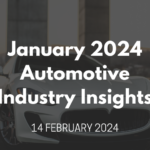Last Updated on July 19, 2024 by inaz Ameera
Wow, what a month for the automotive world—with cyberattacks and hurricanes, as if it could not get anymore interesting! But, despite all the drama, the automotive industry is seeing a slight pickup, with signs of resilience as manufacturers and dealers adapt to the shifting economic landscape and consumer trends.
As mentioned in our previous report, the automotive industry has seen a bit of a mixed results in 1Q24, with strong performance from traditional OEMs, challenges here and there for EV companies. Suppliers generally did better than expected, but of course, considering the interest rates, inflation scare, and rocky consumer confidence, it is all with a cautious outlook for the next half of 2024.
Buckle up, let’s see what’s going on in the automotive world last month.
KEYPOINTS:
- Slight drop in new car prices; used car prices down 9% from last year, which has incread nventory levels to a 76-day supply, may lead to incentives or lower prices soon.
- High interest rates causing cautious consumer spending.
- Non-Tesla EV sales grew 36% year-over-year in Q2 2024, as Tesla is focusing on AI-driven projects.
- Potential rollback of EV mandates and focus on traditional vehicles and job repatriation post elections.
- CDK Global cyberattack disrupted dealership operations.
- Hurricane Beryl caused severe disruptions in Texas dealerships.
Car Prices and Sales: A Bumpy Ride to Recovery
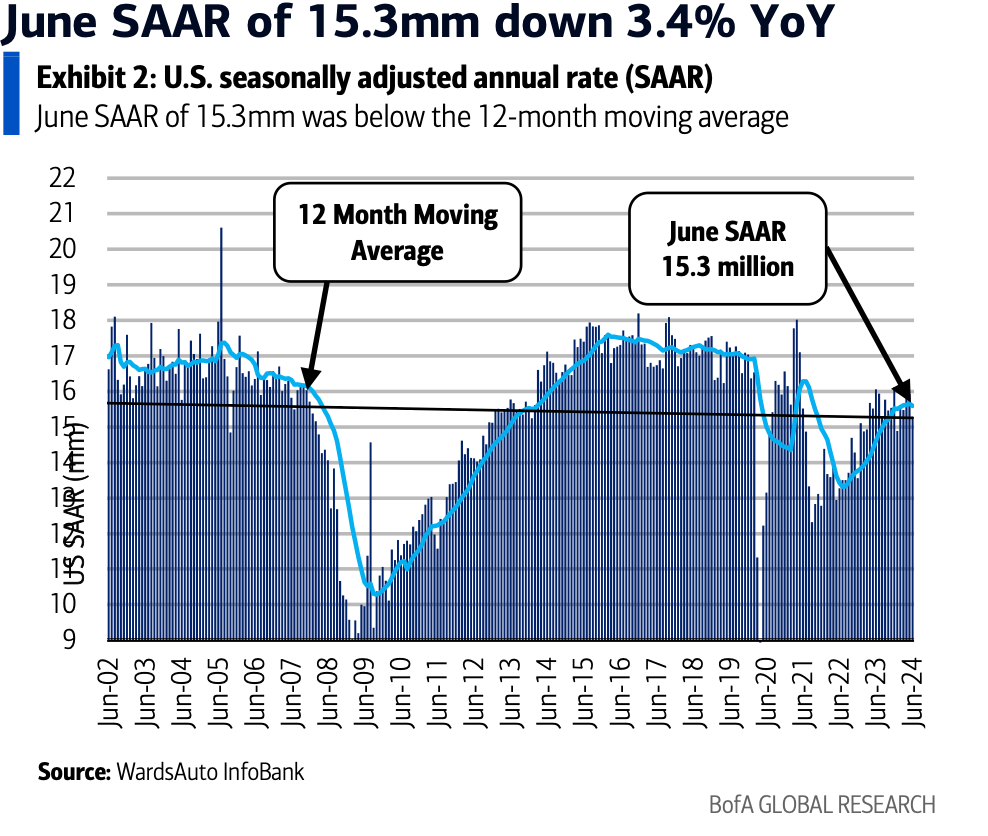
Let’s talk numbers! Car sales might have dipped by 3.4% year-over-year, but that’s just the universe adding a bit of a plot twist. The Seasonally Adjusted Annual Rate (SAAR) of sales has decelerated slightly to 15.3 million from last year’s 16.1 million. Think of it as a speed bump on the road to recovery.
But here’s where it gets interesting—dealers are actually doing quite well. It seems they’ve got a magic trick up their sleeves, stabilizing new vehicle gross profit units while the parts and service sectors are doing just as well. And let’s not forget the buybacks and acquisitions, they’re investing like the future depends on it, strategically steering the automotive industry towards greater innovation and resilience.
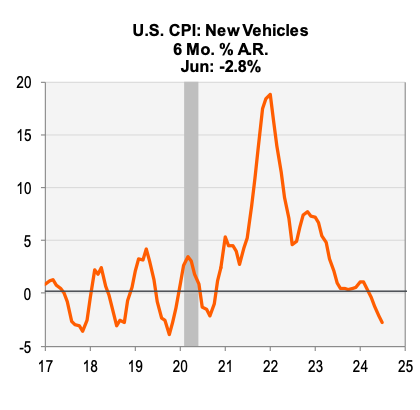
Prices for new cars dropped slightly compared to last year but increased slightly from the previous month. The decrease in prices can likely be attributed to increased inventory levels and lower demand. It seems that the combination of higher inventory and cautious consumer spending due to economic uncertainty is contributing to the price fluctuations.
Oh, and for those waiting for a crash in used car prices—keep waiting. Prices are down about 9% from last year but are still hanging 30% higher than 2019. It seems prices are performing a slow limbo dance, gradually lowering but never quite crashing, thanks to a shortage of newer used vehicles.
? This just means one thing. Despite high interest rates, cars are still being sold. Yeah, there’s a bit of a slow down, but people are still buying cars, and of course, when cars are moving, parts and service sectors will move too. Consumer confidence is not dead just yet.
Consumer Confidence: The Waiting Game

Now onto consumer confidence—or should we say, consumer caution? Certainly, it’s not the best time to buy a car, and everyone knows it. High interest rates have everyone clutching their wallets a little tighter, waiting for that magical rate cut in the next few months. The elections will play a huge role in the economy too, because, of course, everything’s supposed to be sunshine and rainbows once the ballots are in, right?

Right now, economic factors such as recession fears, job insecurity, or a slowdown in economic growth can make consumers hesitant to make large purchases, or, as we suspect, they are only waiting for better interest rates. We know the Fed will adjust it to encourage borrowing and stimulate the economy anytime soon. So, it’s only time for us to actually see the hike.
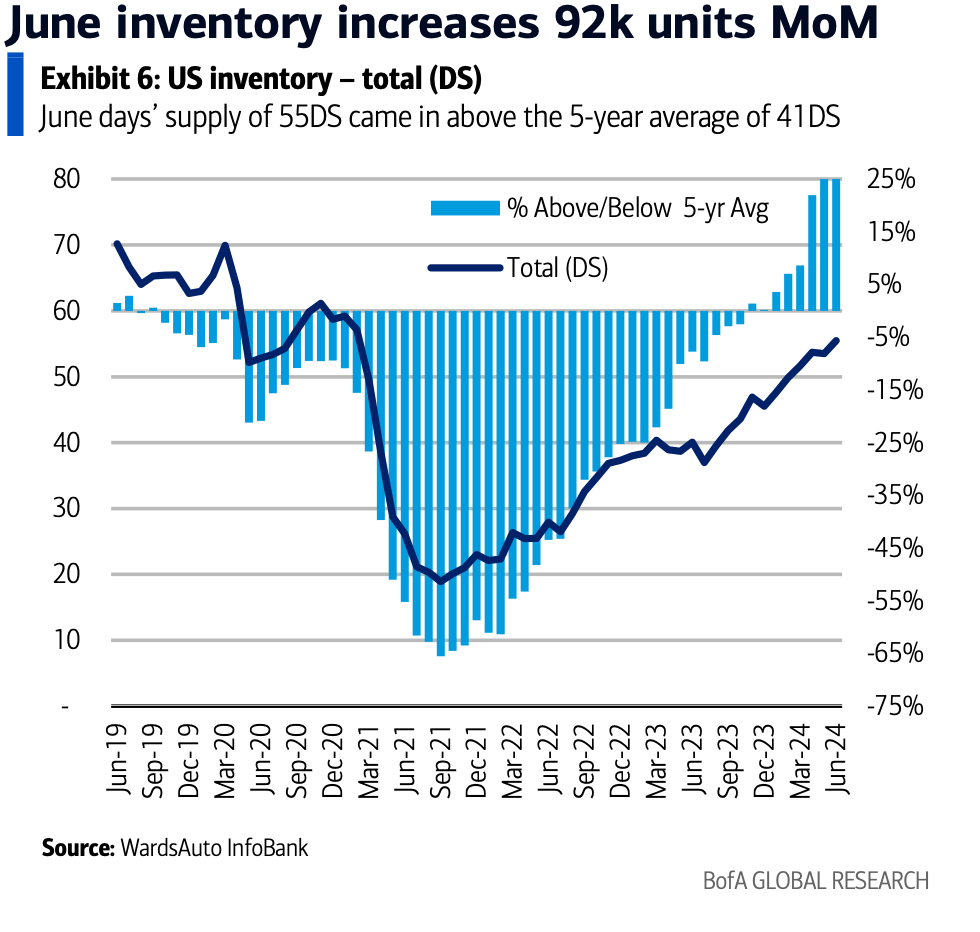
This temporary slowdown of vehicle purchase is leading to an inventory pile-up. In a dramatic turn of events, inventory levels have soared, with a whopping 2.95 million vehicles just chilling on lots, waiting for their moment in the showroom spotlight. That’s a 76-day supply, folks—a solid increase from last month’s figures and a clear sign that production’s gotten a bit overzealous. But hey, more choice for everyone, right? This glut suggests that dealers may soon need to offer incentives or lower prices to clear space for new models, potentially benefiting savvy consumers looking for deals. Lower interest rates, and more incentives? Jackpot for buyers!
Looks like a bright future ahead for the automotive industry.
? Consumer confidence is slowing down due to this, but it just means that they are waiting for the rate cut. No doom and gloom, it’s only human behaviour to try and get the best deal out of anything. We also believe vehicle purchases will soar once unemployment decreases, and that could happen any time post elections. Let’s be real, what’s the first thing you’re going to purchase when you a get a fancy new job? A shiny new car!
What’s Up, Elon?
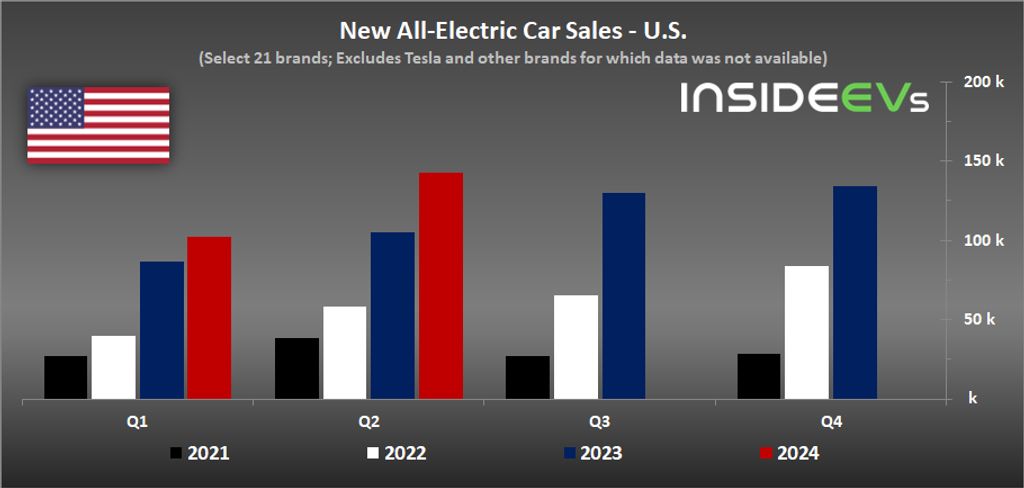
The second quarter of 2024 has concluded, and it brought some encouraging news for non-Tesla EV sales in the U.S. The electric vehicle market saw a notable uptick, with overall electric vehicle volumes reaching a new record. Year-over-year growth rates also showed improvement compared to Q1, highlighting significant progress across the board.
According to InsideEVs’ analysis of sales data, the 21 brands surveyed sold over 142,000 all-electric vehicles in Q2 2024, marking a 36% increase from the same period last year. This figure represents the highest quarterly sales ever recorded for these brands. Additionally, this impressive growth doesn’t even account for emerging EV brands like Rivian, which are showing promising potential.
It’s important to note that this data focuses exclusively on non-Tesla EV sales, underscoring the broadening success of various electric vehicle manufacturers in the U.S. market. It’s no more “Think EV, Think Tesla”, so hold on to your pants, Elon.
Last few months saw a halt in demand for EVs due to high borrowing costs, economic uncertainty, and consumer preference for gasoline-electric hybrids. This has led Tesla and other EV brands to slash prices or offer greater incentives to lure consumers to showrooms.
Analysts believe the pressure to continue cutting costs in manufacturing and batteries will persist in the next few years. The International Energy Agency predicts global EV sales will rise to 16.6 million vehicles this year, up from 13.7 million in 2023, with China’s growth outpacing other regions.
GM reported a 40% increase in EV sales in the U.S. in the second quarter.
We can win as more customers embrace EVs and we can keep winning if they want to stay with the engine technologies they know.”
Marissa West, GM’s North American President
Even Toyota, which has ridden demand for hybrid gasoline-powered vehicles to strong sales, cited the growing demand. It plans to start building two new EVs for the U.S. market at its Kentucky and Indiana plants starting in 2026.
Tesla on the other hand, has shifted focus over the past few months to its artificial intelligence efforts, such as its soon-to-be-unveiled robotaxi product and Optimus humanoid robot, to combat the slowdown in EV sales, which generate more than 80% of its quarterly revenue.

But, just when you thought it couldn’t get more thrilling, the EV sector says, “Hold my battery.” Elon Musk is postponing their Robotaxi event, which was initally planned for August 8th, due to needing more time to build prototypes—not ideal for the eager fans but a cliffhanger that keeps investors on their toes. Currently, Tesla stock is down just under 2.5 percent over the last five days after a string of gains.
? So, the EV sector is quite the rollercoaster right now. We have many improvements here and there, but high prices are still making consumers ask themselves, “Is the planet really worth saving at this cost?” which then forces them to turn to carpools and public transportations, or the other obvious choice, hybrids! Sure, recent sales have outperformed expectations, giving investors a reason to smile after the downturn caused by high interest rates, but, challenges remain with the need to continuously slash prices and offer incentives to keep consumers interested. The ability to innovate and adapt will be crucial as the market navigates through these turbulent times. With GM's substantial increase in EV sales and Toyota's new EV initiatives on the horizon, there's hope. Meanwhile, Tesla's focus on AI-driven projects like robotaxi and Optimus robot highlights the industry's commitment to future advancements. In the end, it's a wild ride, but the potential for an electrifying future keeps the excitement high. Guess we will just have to stay tuned to see how it all turns out.
The 2024 Elections and How it Will Pave the Road to Recovery
The 2024 Elections are around the corner, and though we’re not here to talk politics, the tell tale signs and numbers are pointing to a Republican win, and let’s look at what could happen to the automotive world in the near future should that be true.
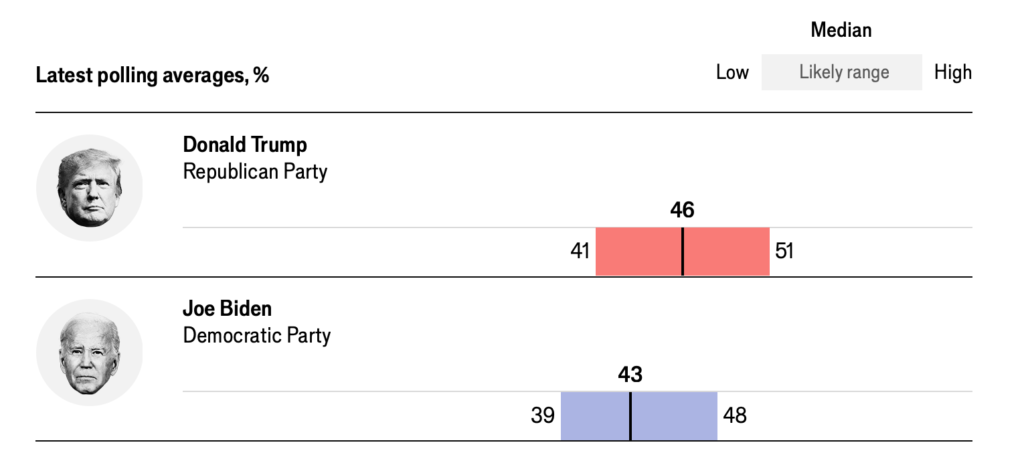
- Trump has vowed to cancel the electric vehicle mandates introduced by the Biden administration, which aim to significantly increase the proportion of EVs in the market by 2032.
- This rollback is part of a broader promise to reduce regulatory burdens on the auto industry, which Trump claims are increasing costs and hampering production.
- The GOP platform emphasizes a deregulatory agenda aimed at reducing what they see as excessive regulations that stifle innovation and production. This includes eliminating parts of the Green New Deal and reducing subsidies and tax breaks that the current administration has put in place for the EV market. The goal is to make the U.S. auto industry more competitive by freeing it from regulatory constraints.
- Trump has proposed reducing the corporate tax rate from 21% to 20%, as well as making the individual tax cuts from the 2017 Tax Cuts and Jobs Act permanent. These tax reductions are intended to stimulate investment and spending within the automotive sector and the broader economy.
- The platform includes support for traditional gasoline-powered vehicles and hybrids, in response to what they describe as an overly aggressive push towards electric vehicles. This stance is intended to protect jobs and production within the traditional auto manufacturing sector.
- A significant focus is on bringing back manufacturing jobs to the U.S. by reducing dependence on foreign labor markets. This includes promoting policies that encourage companies to relocate production facilities back to the U.S., which is expected to create new jobs and boost the domestic economy.
? A Republican victory would mean that we could see substantial changes in the automotive sector. The proposed deregulation and tax cuts aim to foster a more favorable business environment, potentially driving growth and innovation, and boosting consumer confidence. The focus on traditional vehicles and job repatriation might safeguard existing jobs and stimulate new employment opportunities in manufacturing. However, these changes could slow the transition to electric vehicles, posing environmental and long-term market competitiveness challenges. Regardless of the outcomes, the automotive industry is bracing for significant shifts that could redefine its future trajectory.
Setback or Comeback?
CDK Global Cyber Attack
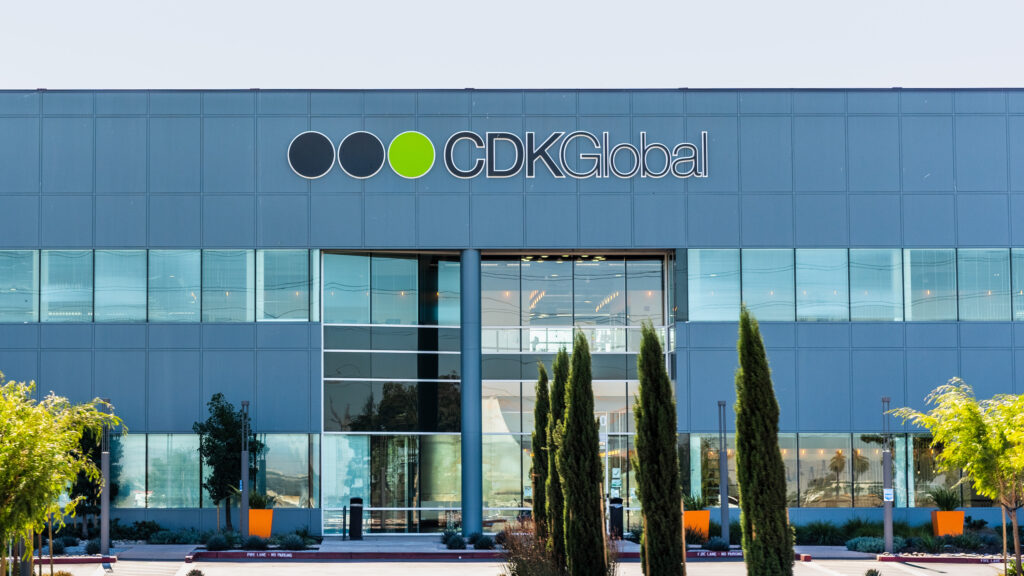
Dealer earnings last month might be severely affected by the CDK cyberattack but should recover in the next quarter. The cyberattacks targeted key infrastructure within the automotive sector, including the software systems used by dealerships for managing inventories, processing orders, and customer communications. This cyber incident crippled the ability for dealers to access crucial sales and inventory data, resulting in delays in processing transactions and customer financing.
Moreover, these cyberattacks have caused unease among potential car buyers, making them hesitant to commit to purchases due to concerns about the security of their personal information. The ripple effect was immediate—sales slowed down as the industry scrambled to reassure customers and strengthen cybersecurity measures.
Hurricane Beryl’s Impact in Texas

As for the natural disasters, Hurricane Beryl struck Texas with full force, leading to temporary but severe disruptions in dealership operations across the state. Many dealerships faced physical damages, power outages, and disrupted supply chains, which significantly slowed down the sales process. Cities like Houston and Austin saw some of the largest impacts, with numerous dealerships closed for days.
Group 1 Auto and Sonic Automotive, prominent dealership groups in the region, reported substantial impacts on their operations. Vehicles ready for delivery were damaged, and many employees were unable to reach work, further delaying sales and service activities. The financial strain from the hurricane also affected consumer spending power in the region, as many potential buyers redirected their finances towards recovery and repairs, putting vehicle purchases on hold.
Both cyberattacks and Hurricane Beryl exemplify the kinds of external shocks that can abruptly affect automotive sales, highlighting the vulnerability of the industry to both digital and natural threats. The ongoing challenge for the automotive sector will be to enhance cybersecurity defenses and develop robust disaster recovery plans to mitigate the impacts of such events on sales and operations. But is this going to affect future automotive trends? No. This is just a chance for dealers to step up and comeback stronger in the next quarter.
? While recent cyberattacks and natural disasters have undoubtedly challenged the automotive industry, they also present a unique opportunity for growth and resilience. Dealerships can leverage this experience to enhance their cybersecurity measures and disaster preparedness, turning vulnerabilities into strengths. This period of recovery is a chance for the industry to innovate, rebuild consumer trust, and emerge even stronger. The setbacks are temporary, but the potential for a robust comeback is immense, signaling a promising future for the automotive sector.
Keep Calm and Drive On
Despite the hurdles—be it natural disasters or digital chaos—the automotive industry’s resilience continues to impress. Yes, there are challenges here and there, but there’s also a cautious optimism that things will look up as the economy hopefully shifts gears post-election.
The EV sector, in particular, has shown remarkable progress. EV sales in the second quarter brought welcome relief to investors after a sharp slowdown in demand triggered by high interest rates. While high borrowing costs and consumer preference for hybrids have tempered demand, significant sales growth and continued innovation are paving the way for a brighter future.
On another optimistic note, the anticipated Fed rate cut is expected to stimulate the economy, making borrowing more affordable and encouraging both consumer spending and business investment. This could lead to a surge in car sales in the next half of the year, as lower interest rates make auto loans more attractive.
Moreover, the upcoming elections will play a crucial role in shaping the automotive world. Policy changes and economic strategies put forth by the new administration could further bolster the industry. With promises of deregulation and tax incentives, there is potential for significant growth and innovation.
So, keep calm and drive on. The road might be bumpy, but it’s leading somewhere exciting. And who knows? Maybe next month will bring even more twists and turns to this economic rollercoaster we call the automotive industry. Stay tuned, and drive safe! Brighter days are indeed ahead.



